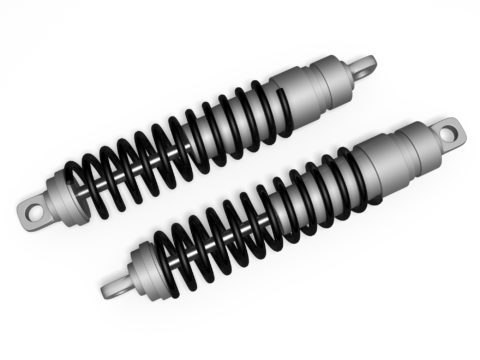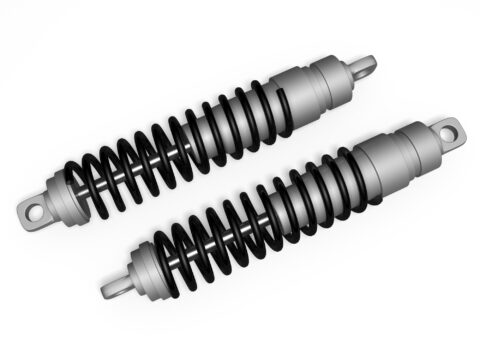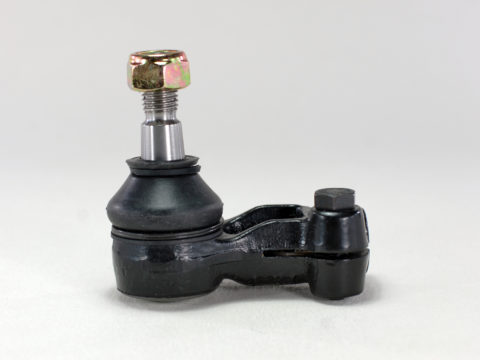A sway bar link is a critical component of your car’s suspension system, and if you need to replace them, you’ll want to understand how much you can expect to pay upfront.
Sway bar links cost between $125-$160 per side, for a total of $320 to replace both simultaneously. This figure includes labor as well as parts.
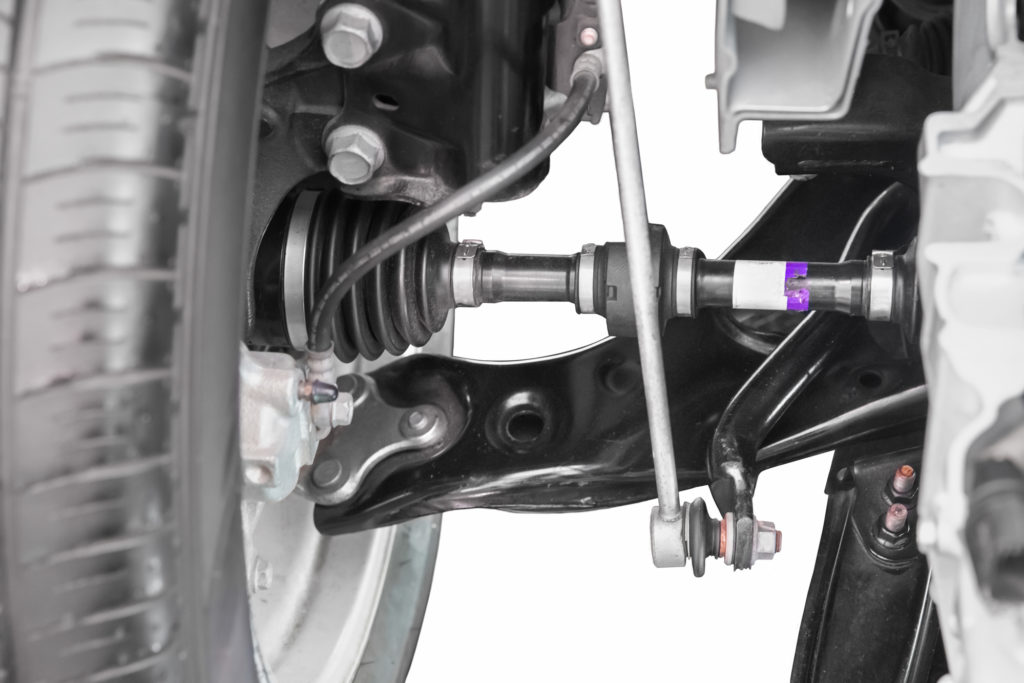
Contents
What Does Sway Bar do on a Car?
The sway bar is a part of the car’s suspension system. The suspension includes the springs, wheels, tires, steering system, shocks, bushings, joints, and links. The sway bar is also referred to as the stabilizer bar, primarily because it prevents the car from rolling over when you make turns.
The sway bar is U-shaped and connects to the front wheels. The body of your car will shift to one side because of the weight, but the sway bar will control the wheel’s suspension to keep things even and level while operating the automobile.
What Do Sway Bar Links Do?
The sway bar links connect the ends of the bar to the suspension. The sway bar is a torsional swing, making for a smoother transfer of motion between the control arm and the sway bar.
The sway bar links play a huge role in the vehicle’s motion. Handling and steering tend to go awry when the links start becoming worn down.
How Many Sway Bar Links Are on a Car?
A sway link is a connector, also called a dog bone, and it connects the a-arms from the front of the car to the back suspension component. You’ll find four sway links, one for every wheel.
Average Sway Bar Link Replacement Cost
In total, you’re looking at around $320 to get your sway bars replaced simultaneously when you include parts and labor.
Front Sway Bar Link Replacement Cost
You’ll usually pay $125-$160 for a sway bar link replacement, including labor. The links cost anywhere between $40-$100 depending on where you get them from and the vehicle model, and labor costs around $50-$70.
Rear Sway Bar Link Replacement Cost
The rear sway bars cost the same amount, but getting them fixed at the same time is not necessary. Mechanics will likely recommend that you do so anyway because they have probably become worn down simultaneously. If one side is finished, the other side is most likely on the verge of going bad.
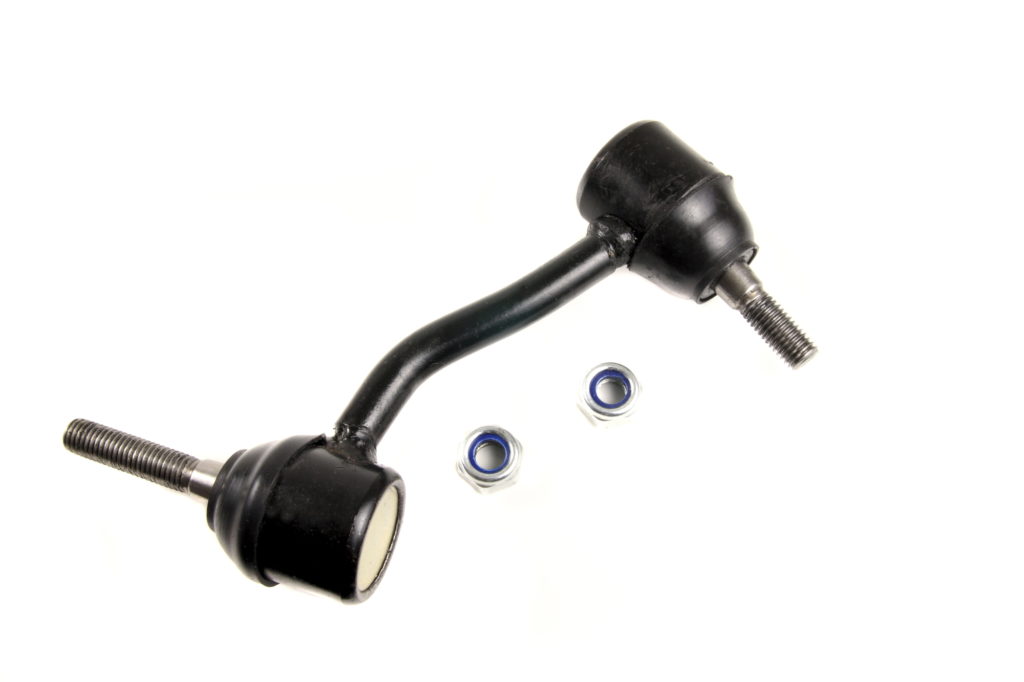
Symptoms of Bad Sway Bar Links
Here are the symptoms that you need to replace your sway links:
Clunk Noise Over Speed Bumps
If you’re driving on an uneven road, over bumps, or hitting a curb, you’ll likely hear a clunking noise indicative of worn bushings or sway bar links.
Because the links aren’t holding the sway bar in place as well anymore, it moves up and down and bounces against the suspension subframe. With the links moving around, you can hear a distinct sound you usually wouldn’t when everything is intact.
While it may also be caused by the control arm ball joints wearing down, be sure to check the sway bar links to be safe.
Difficulty Turning
When the links are loose, tires cannot maintain sufficient grip on the road. As the handling becomes compromised, it is more challenging to make a turn.
The problem will become apparent in the steering during instances when you turn. You will have to provide more effort when steering to get your car in the direction you want it to go; this not only happens with the links loosening. It also occurs when the bushings deteriorate.
Car Swerves
A sway bar that is failing will cause a reduction in stability and traction. Additionally, you are likely to notice handling problems even when you’re in the middle of turning.
As the problem worsens, the vehicle may feel as if it is entirely out of control. You’ll notice that the steering wheel isn’t responsive, and you lose considerable control over your vehicle’s direction.
Failing a Visual Inspection
If your links are in poor condition, they will be worn out. The nuts and rubber bushings located at both ends may be compromised and are liable to lose their round shape and solid form or become torn and hard altogether.
Your sway bars are worn out if they are loose, and you can move them easily with your hand. If your situation is more severe, they can become detached entirely from the control arms or sway bar. If your sway bars are in this condition, never drive your car, as you could lose control of the vehicle.
Suspension Makes Squeaking Noise
Another common sign that your links are starting to go bad is if you hear a squeaking noise emanating from the tire area when driving over speed bumps or rough surfaces. Hot and dry weather typically worsens this problem by making the noise louder.
The rubber bushings will harden and dry out as the car ages. When you’re operating the vehicle, the rubber bushings will move as the vehicle moves. If the bushings are dried out, they will begin to squeak as the bushings, and the metal suspension parts move against one another.
You can only correct this problem by replacing the worn-out bushings and sway bar links. To temporarily stop the noise coming from rubber bushings, you can use some silicone grease. However, this will not be a permanent fix, and you should always replace worn suspension parts as soon as possible.
How Long Should Sway Bar Links Last?
Fortunately, most owners will only have to replace their stabilizer bar links once during the car’s life cycle. However, if you put your vehicle through more strenuous situations, such as tight corners at high speeds and races, you may have to do it more often.
Can I Replace Sway Bar Links Myself?
Many cars with an old bar link could be complicated to remove without further damage. As a result, the sway links are usually replaced in the instance of a component that the link connected to needs replaced.
On the other hand, replacing the sway bar links can be performed with several essential tools. However, if you don’t have the time or lack the proper tools to do the job, ask your mechanic to replace your sway bar links.
How Long Does It Take To Replace Front Sway Bar Links?
An experienced mechanic can do both sway bar links in approximately an hour. Front and rear sway bars take only 45 minutes each to do.

